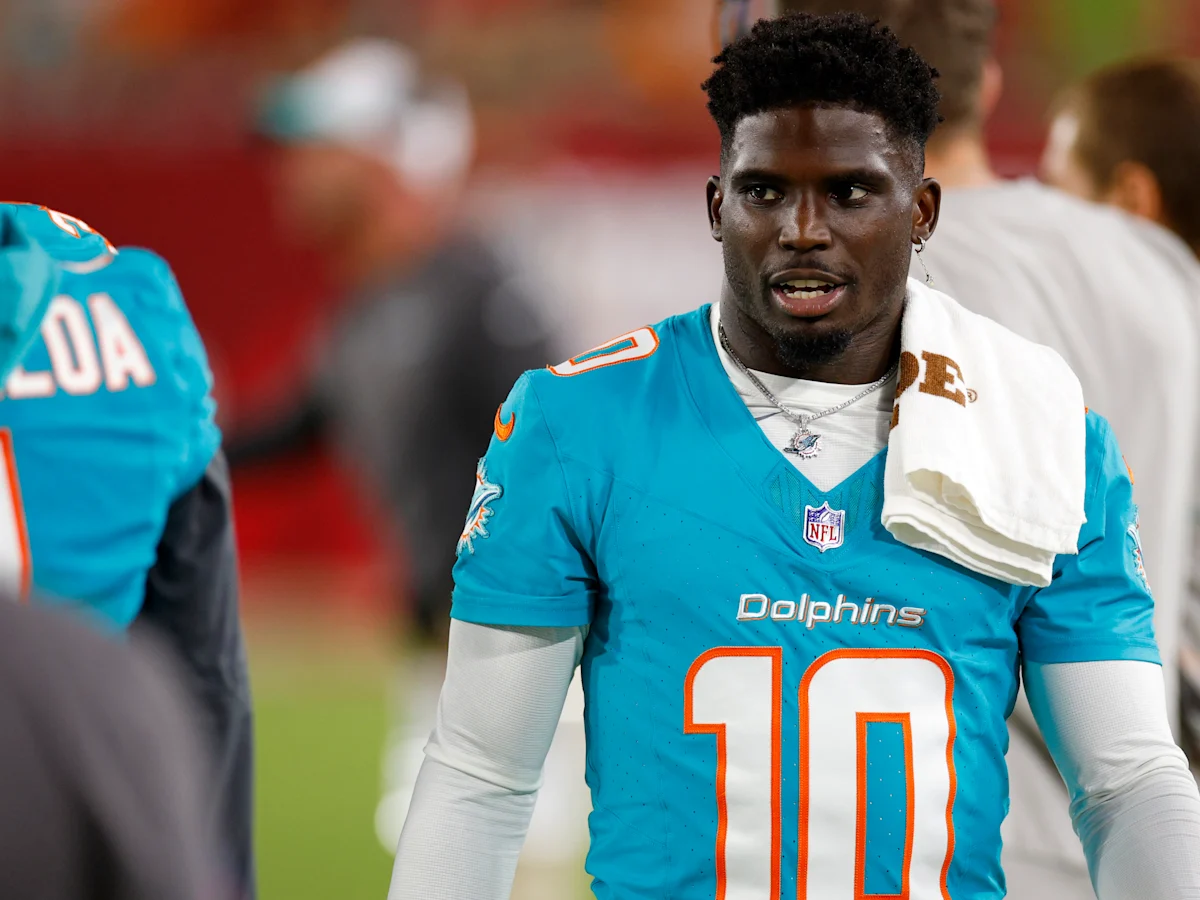
Hours before the spotlight would harshly pivot from the gridiron to the courtroom, former Kansas City Chiefs wide receiver Jamal Carter was living what seemed to be an ordinary day. Just hours prior to the incident that would cast a shadow over his career and reputation, Carter had been enjoying a day off, seemingly savoring a rare moment of tranquility away from the intense world of professional football.
The day had begun like any other; Carter, a dynamic and well-regarded player known for his agility and speed on the field, was seen running errands and spending time with close friends. The city buzzed with excitement as the Chiefs prepared for their upcoming game, but Carter, who had recently parted ways with the team, was enjoying a brief respite from the spotlight. His public appearances had been limited, but he remained a beloved figure among fans, known for his philanthropic work and charismatic presence.
That afternoon, Carter was spotted driving his luxury sports car, a high-performance vehicle that mirrored his on-field prowess. Witnesses reported seeing him navigate through the city streets with a confident, albeit spirited, driving style. While the car’s powerful engine was capable of extraordinary speeds, Carter appeared to be enjoying the drive, perhaps as a means to clear his mind and savor the freedom of the open road. However, this brief interlude of normalcy would soon take a dramatic turn.
As evening approached, reports began emerging about a high-profile incident involving Carter. Eyewitnesses recounted a series of alarming events: Carter’s vehicle was allegedly seen weaving erratically through traffic, narrowly missing several cars and causing a commotion among drivers. The accounts painted a troubling picture of reckless driving, with claims of excessive speed and dangerous maneuvers.
By late afternoon, law enforcement officials confirmed that Carter had been pulled over and subsequently arrested on charges of reckless driving. The situation escalated quickly, with police noting that Carter’s behavior behind the wheel was not only concerning but potentially dangerous to others on the road. The arrest was made amid a flurry of media activity, as news outlets scrambled to report the unfolding drama.
The timing of the incident was particularly unfortunate for Carter, who had recently been in the public eye for positive reasons. Following his departure from the Chiefs, he had been active in various charitable causes, using his platform to support local communities and mentor young athletes. His recent efforts to rebuild his public image and focus on personal growth seemed overshadowed by the gravity of the situation at hand.
In the wake of the arrest, the response from the football community was swift and varied. Fans and analysts alike were stunned by the news, with many expressing shock at the contrast between Carter’s usually composed and disciplined public persona and the reckless behavior described in the reports. The incident raised questions about his decision-making and the pressures faced by professional athletes outside the realm of sports.
As the legal process began to unfold, Carter faced a media storm that added pressure to an already challenging situation. The charges of reckless driving brought with them not only legal consequences but also a significant blow to his public image. The juxtaposition of his earlier, seemingly carefree day and the serious allegations made for a dramatic narrative, highlighting the unpredictable nature of life in the limelight.
In the days that followed, the focus would shift from the specifics of the incident to broader discussions about accountability, the impact of fame on personal behavior, and the complex interplay between public perception and private actions. For Jamal Carter, the road ahead would be one of reflection, legal battles, and a critical reassessment of his choices in the harsh glare of public scrutiny.
Leave a Reply